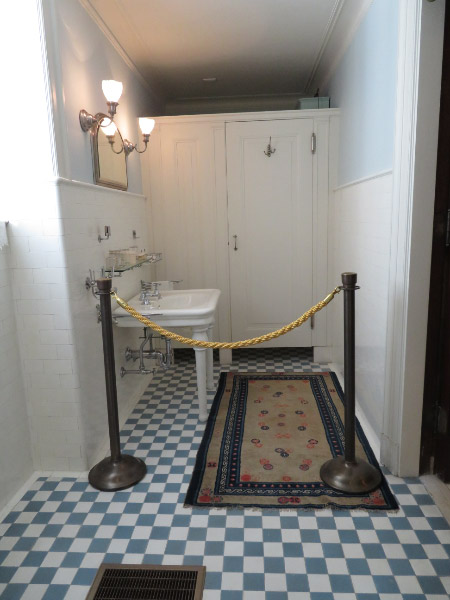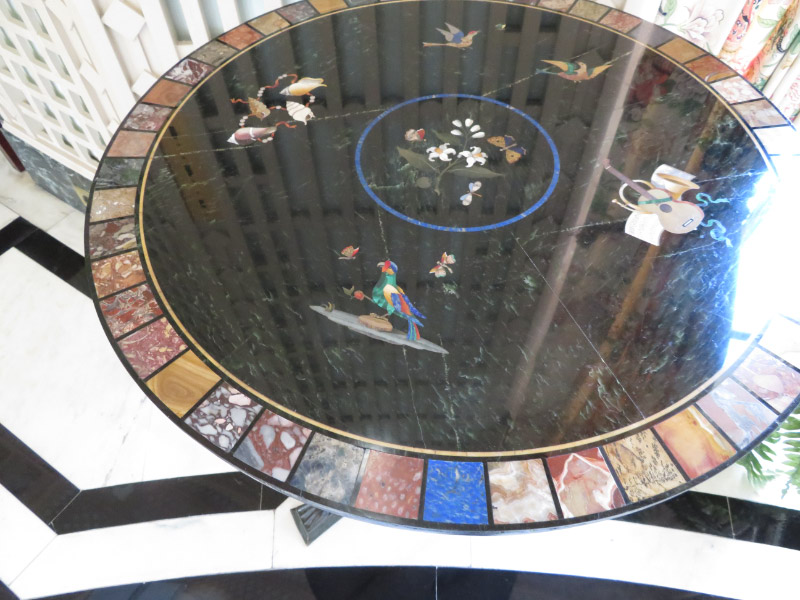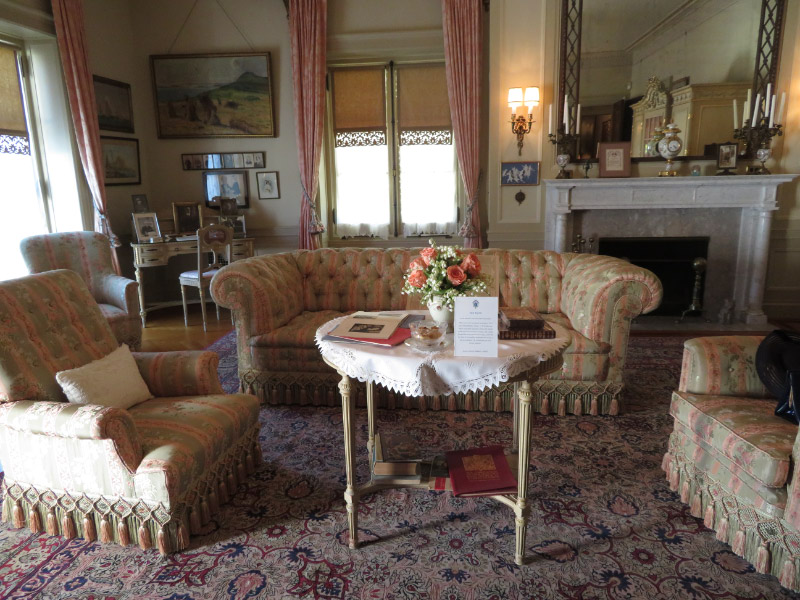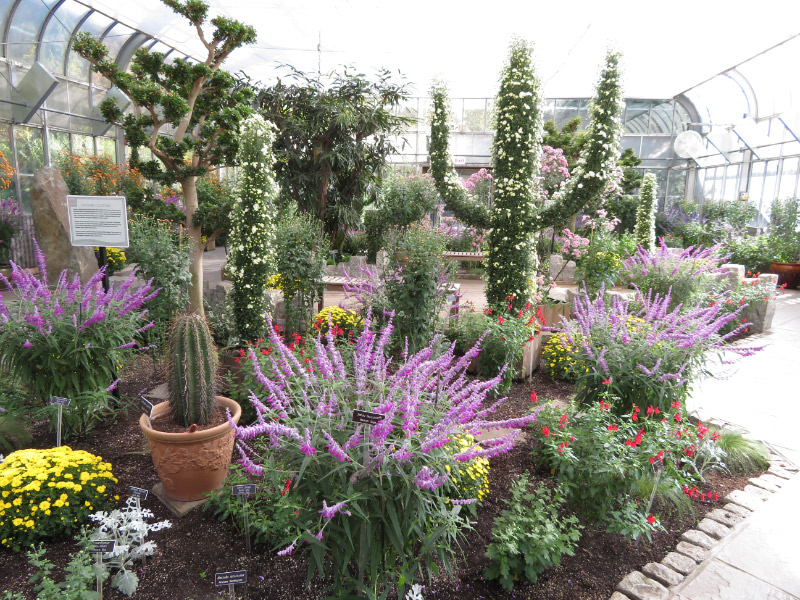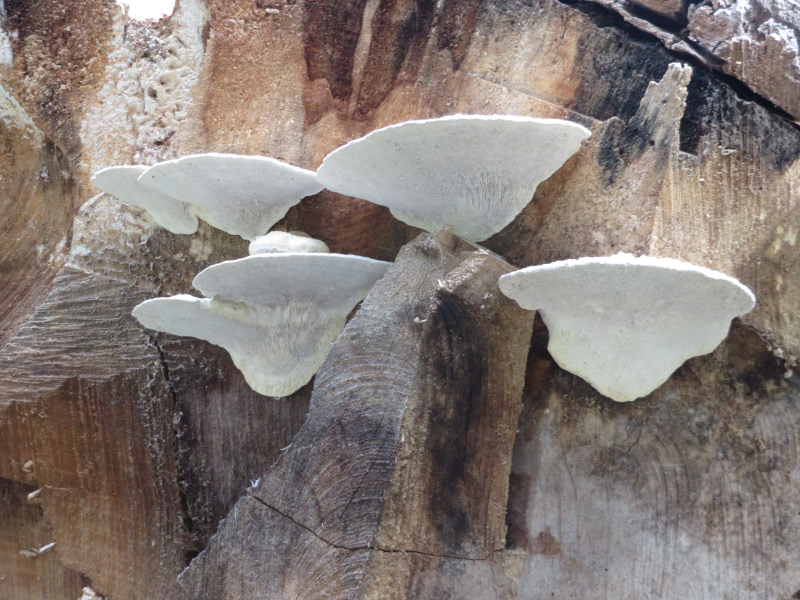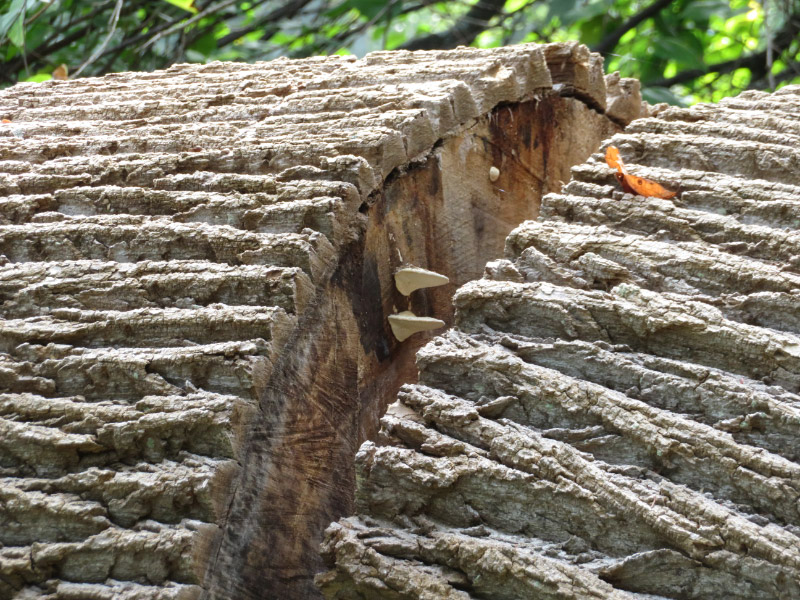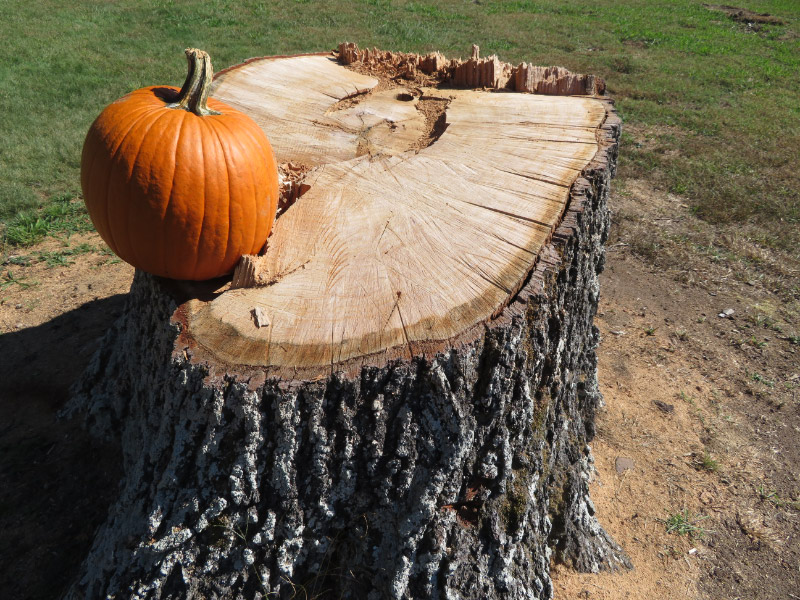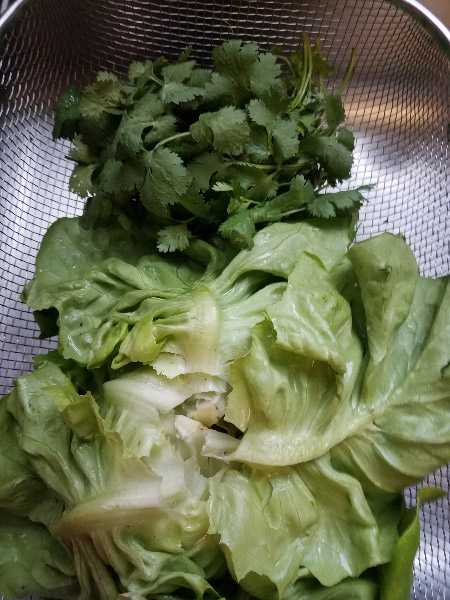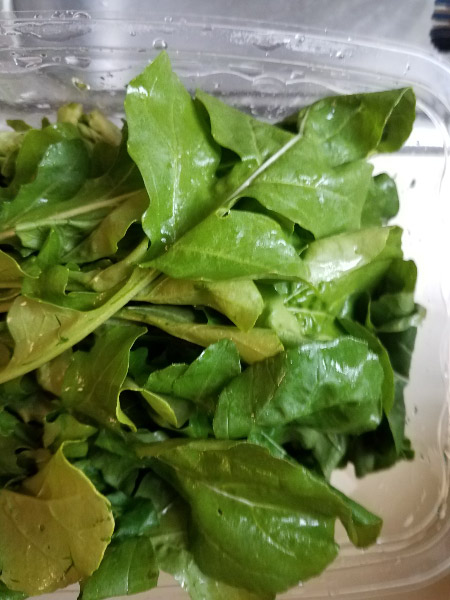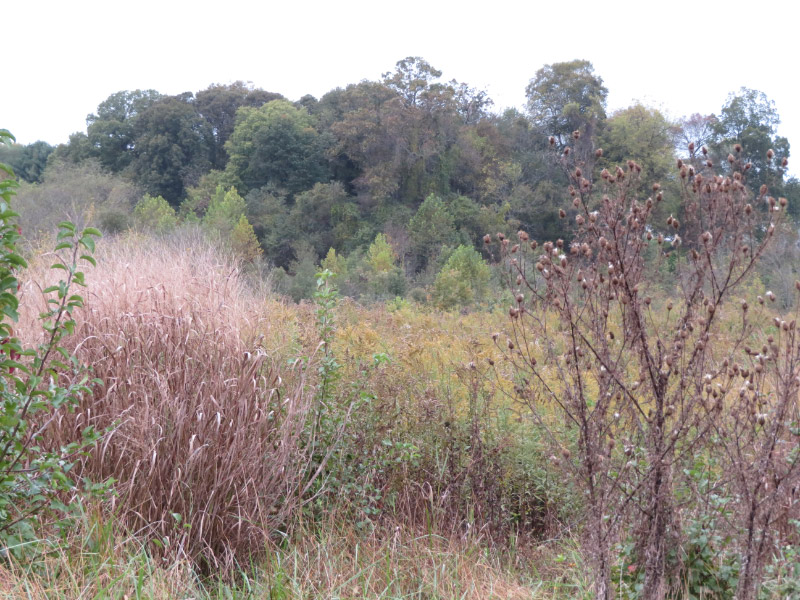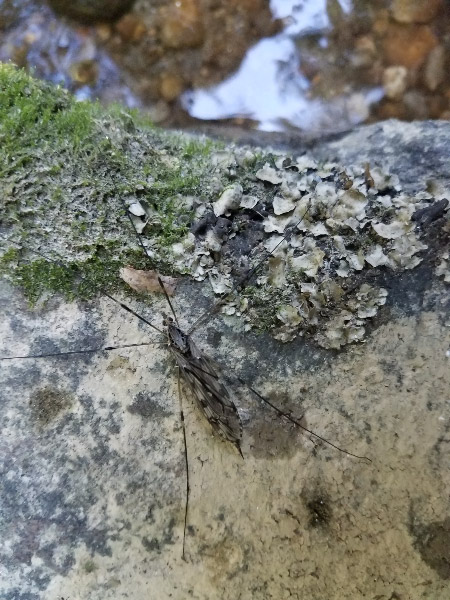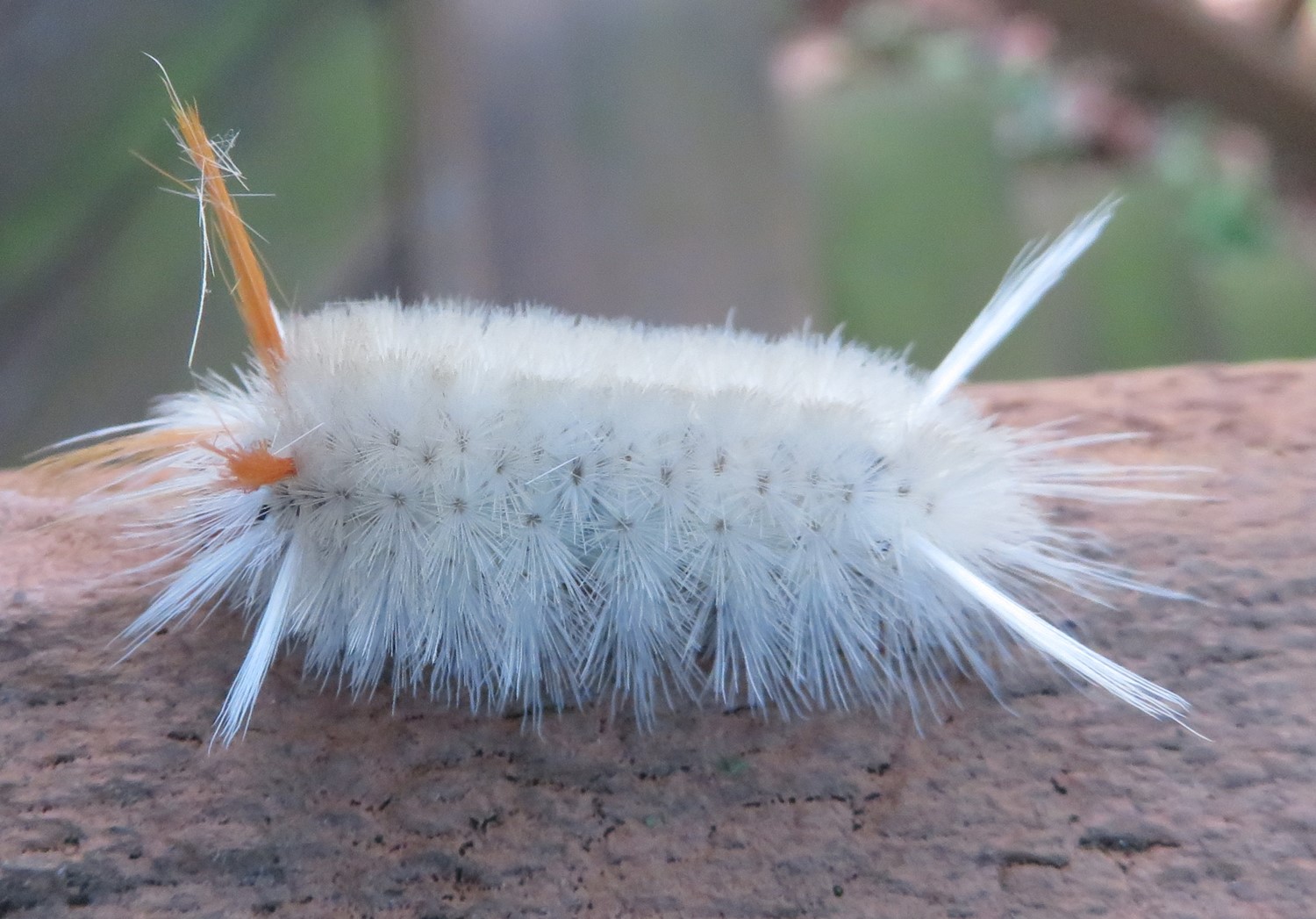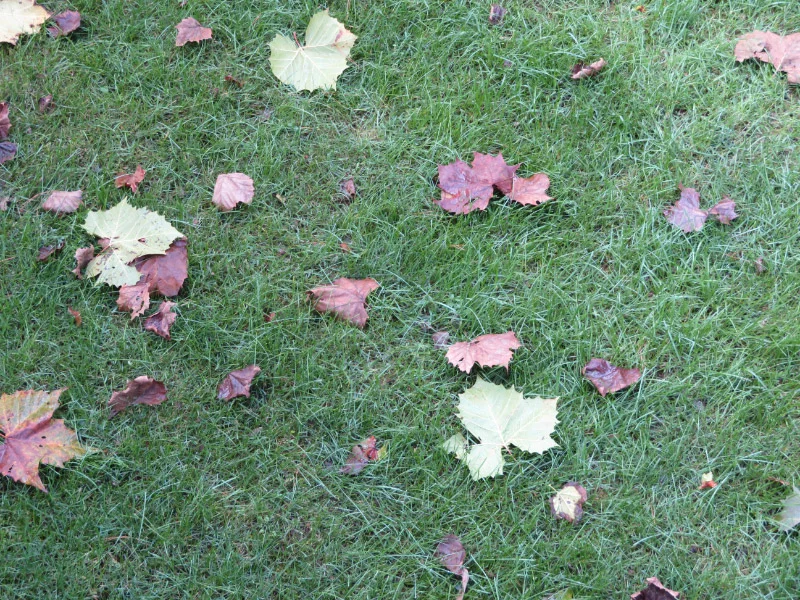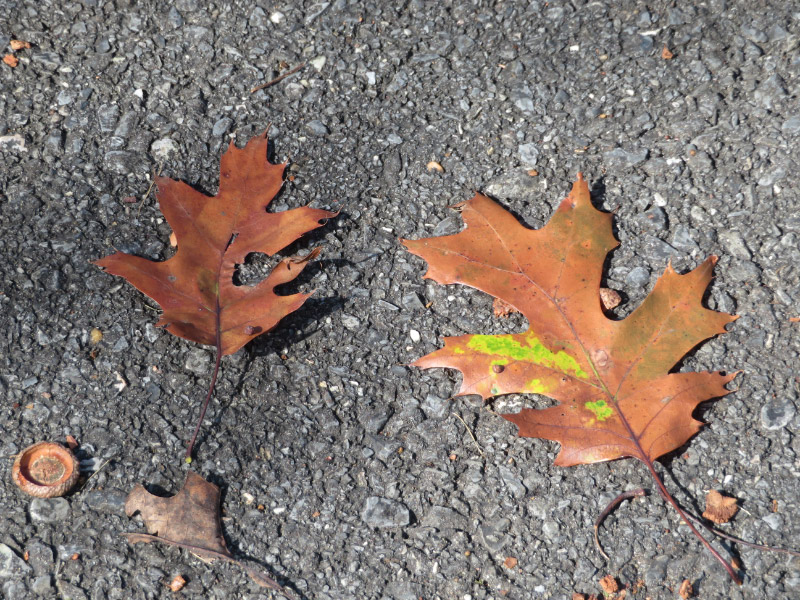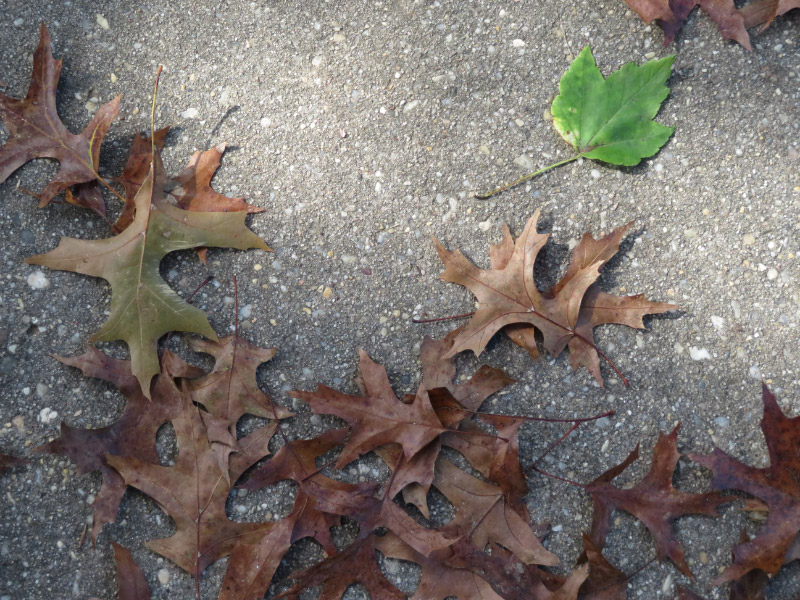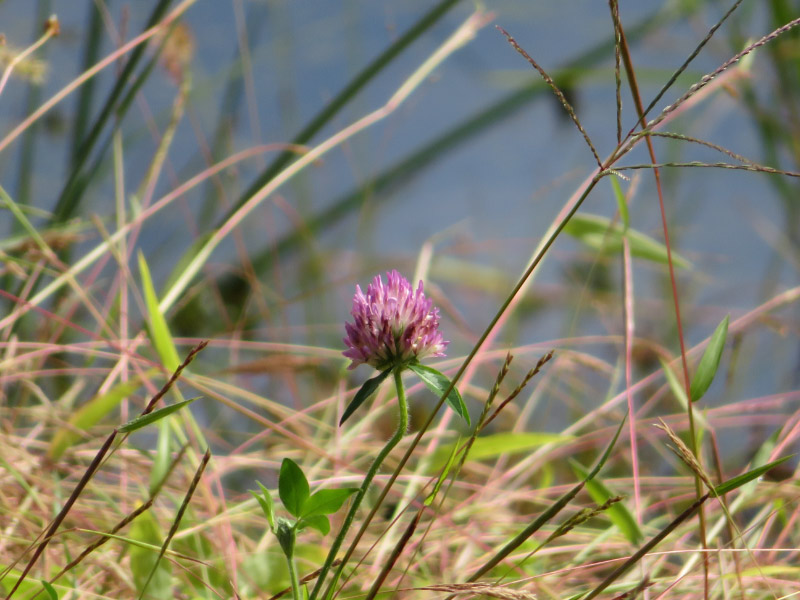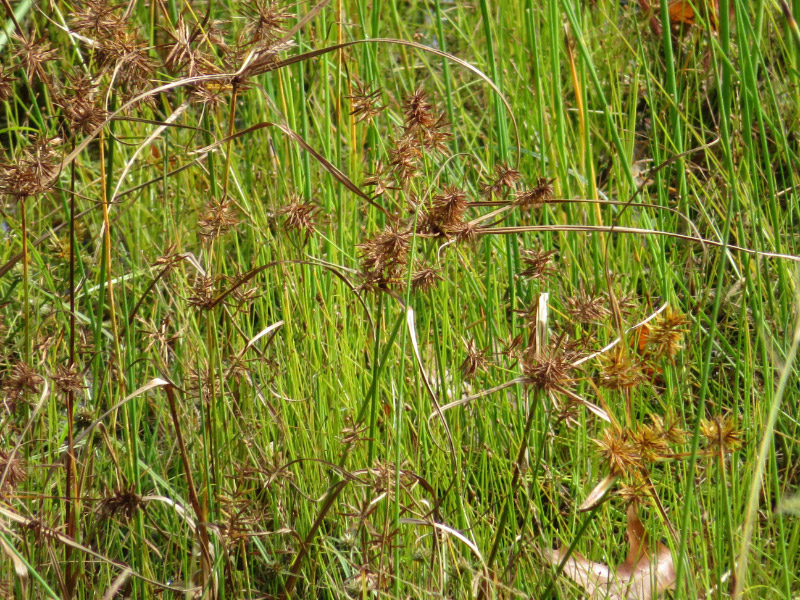Nemours Mansion and Gardens – Part 1
/I had toured Nemours Mansion and Gardens (in Wilmington, Delaware) several times in the past but I had been more than 10 years since the last visit. A lot has changed. The tours are now self-guided and paced rather than guided…but the docents in the mansion are still very knowledgeable and welcome questions. One of the first questions I asked was about the chandeliers. The house used electricity from the beginning for lighting but many of the chandeliers were retrofitted – antiques by the time they were acquired for the house. One of the ones visible from the foyer has perfume bottles that diffused scent from the days it supported candles! There were chandeliers everywhere. Formal rooms, bedroom (my favorite is one with Murano Glass flowers) and handing in the curve of the grand stair case. Now the fixtures have LED bulbs (probably illuminating in a way that does the least damage to textiles and paintings).
The ceilings and upper walls are also worth noticing….lots of variation in plaster and gold leaf.
Everywhere one looks there are things to notice – cork on the kitchen and butler pantry floor, an elaborate leather screen and the powder room.
There is a basement with lots of dark woods with bowling alleys, built in benches around pool tables and A. I. duPont’s home office.
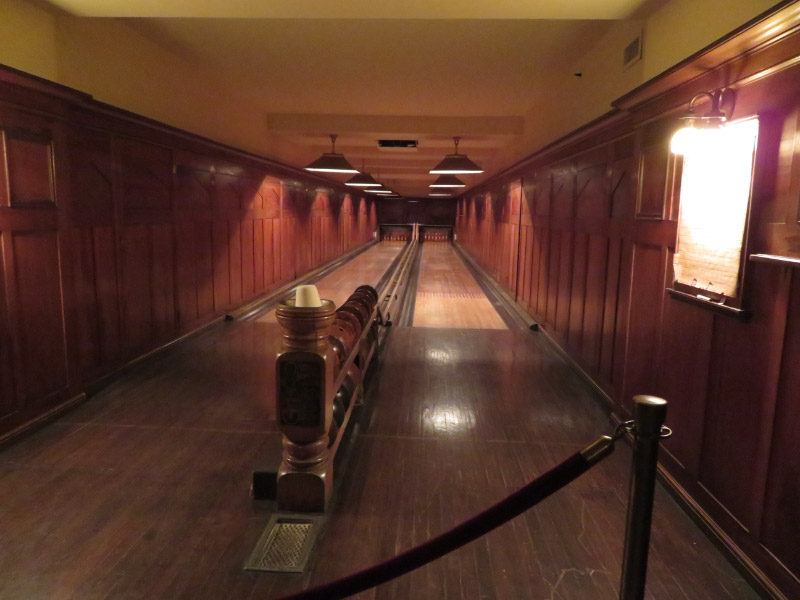


There are paintings of the inhabitants of the house: Jessie Ball duPont that lived in the house longer than anyone; she died in 1970 and the house was open to the house several years later.



The little girl that grew up at Nemours has several portraits as well. The docent commented that the child came back to the house when she was very old and told them that the picture younger version was her favorite picture of herself….but she never liked that dog!


My favorite room in the house is the garden room – windows on 3 sides, black and white tile pattern on the floor, bird cages, and trellis on the walls.
Above the garden room is a terrace entered from Jessie’s sitting room. The terrace is vacant now but had black wicker furniture when the house was occupied. It overlooks a garden with a turtle fountain.
Coming down stairs I noticed some laps with butterflies painted on the shades. Wish I was talented enough to paint a lampshade with butterflies!
After touring the house – the gardens beckoned. The gardens are the topic for tomorrow’s post.















